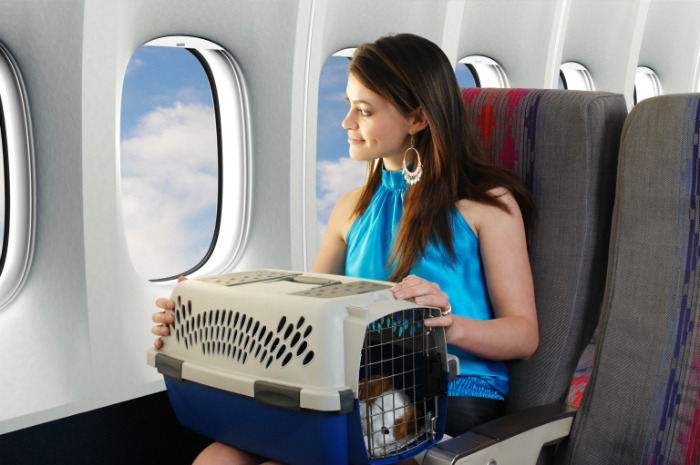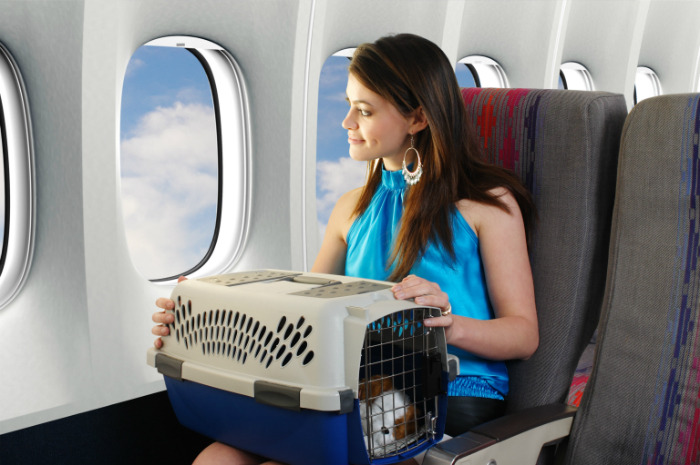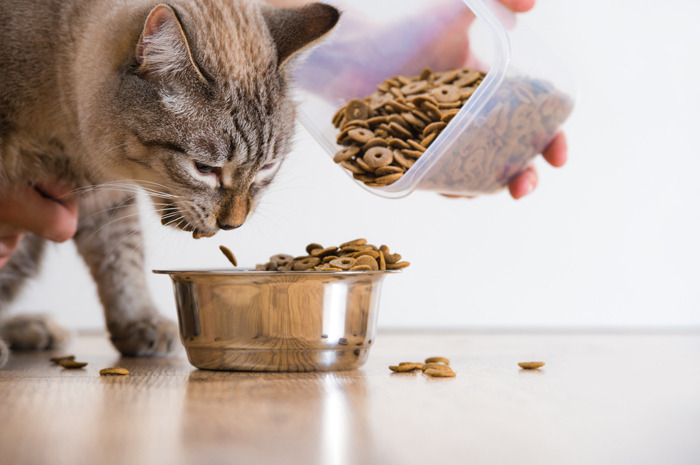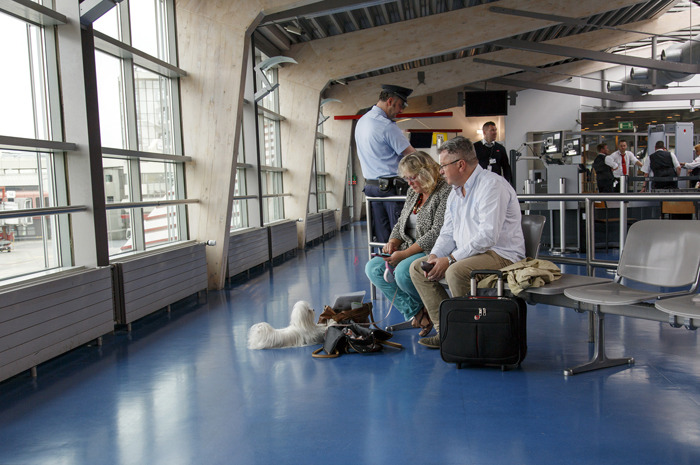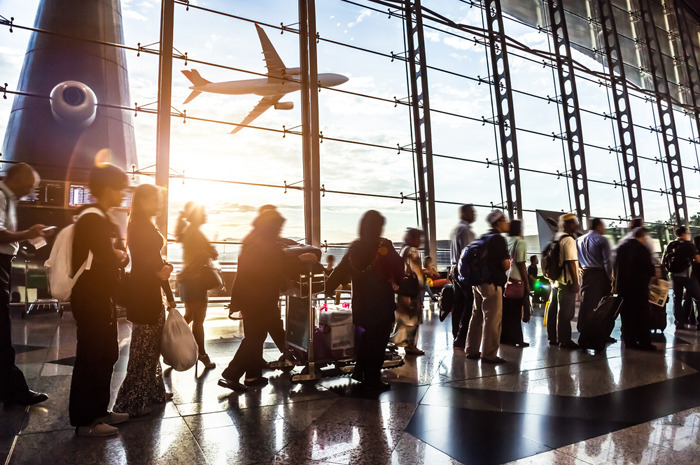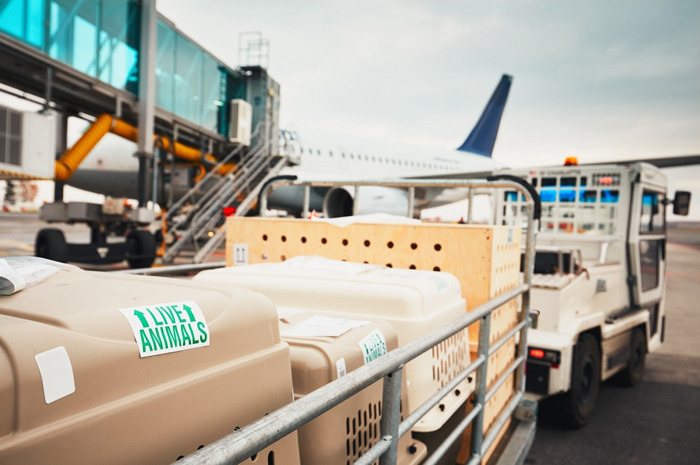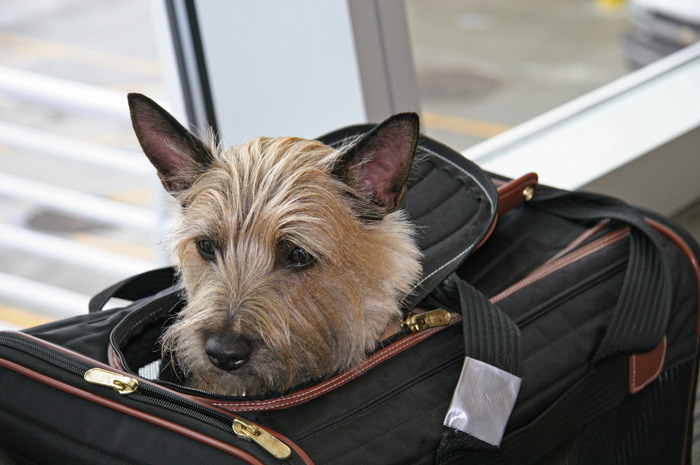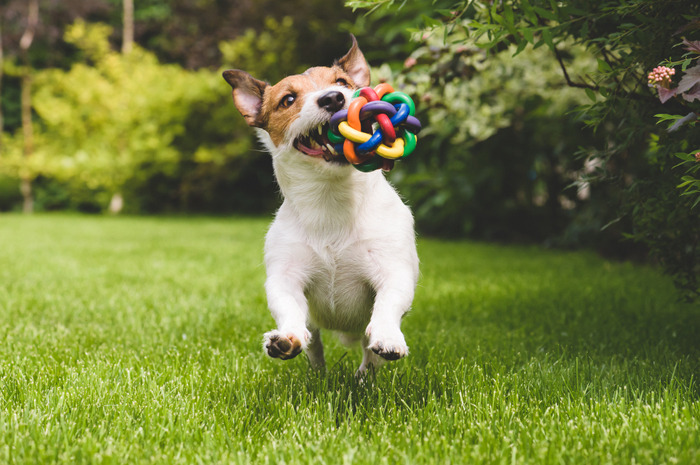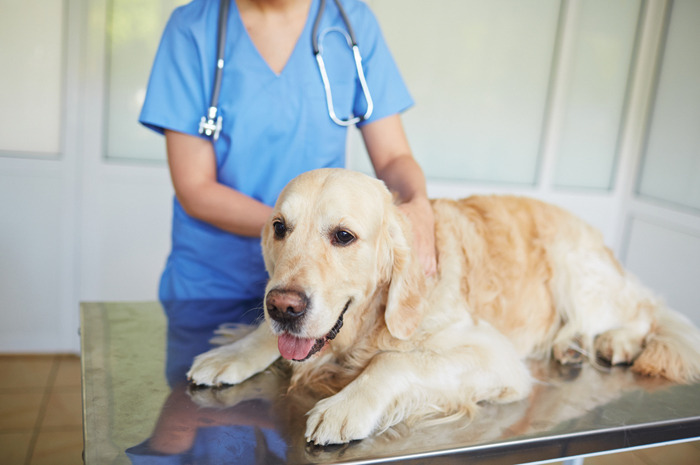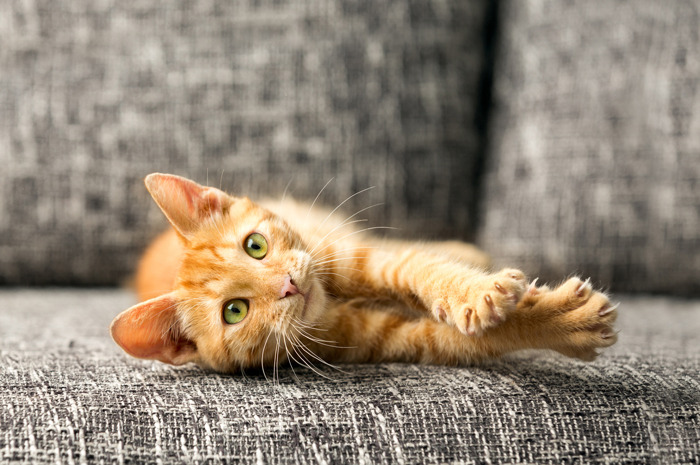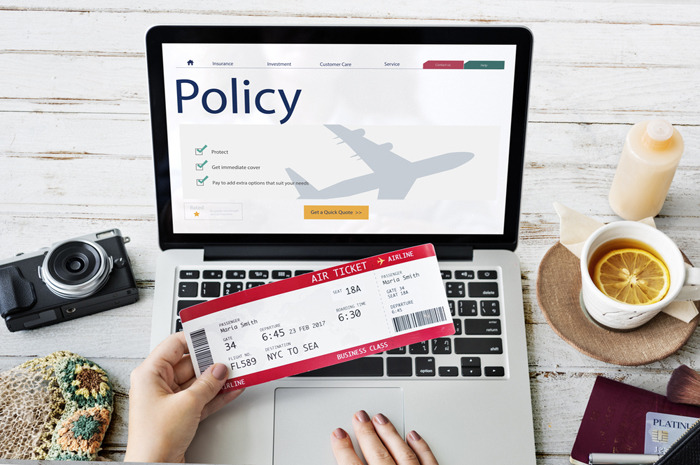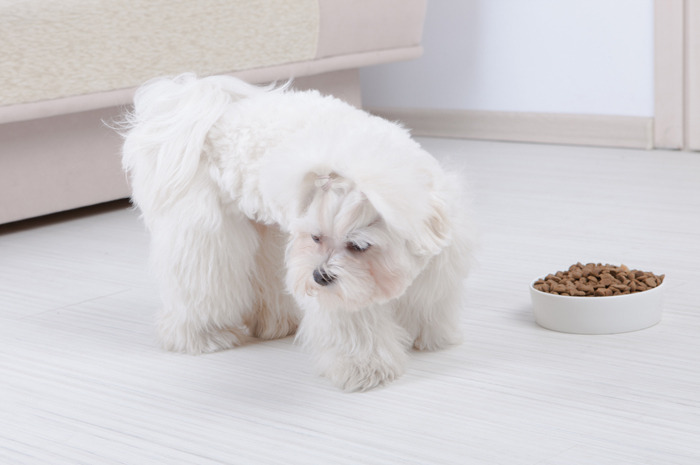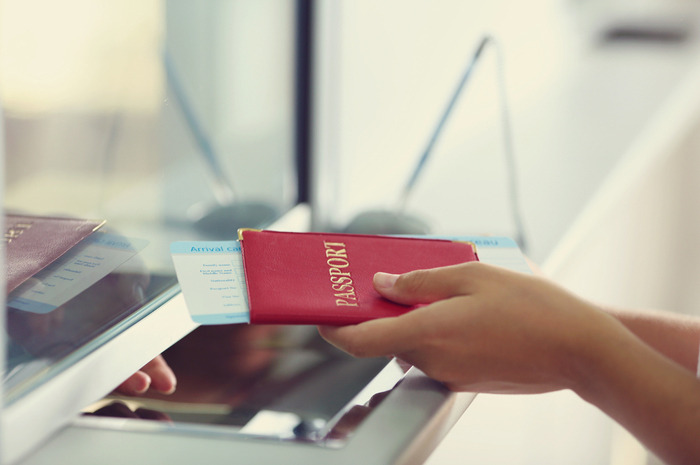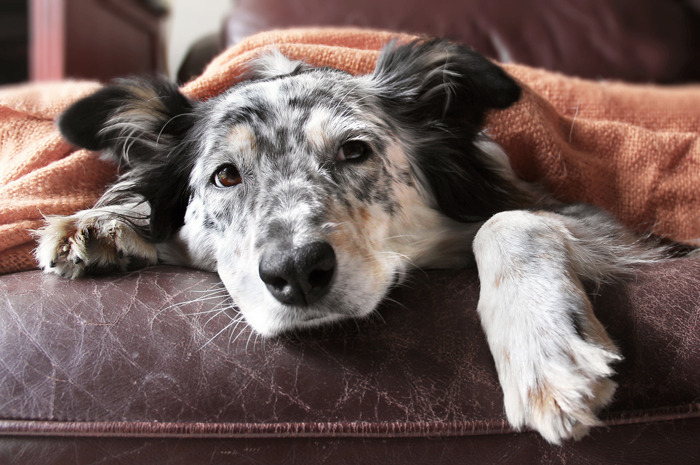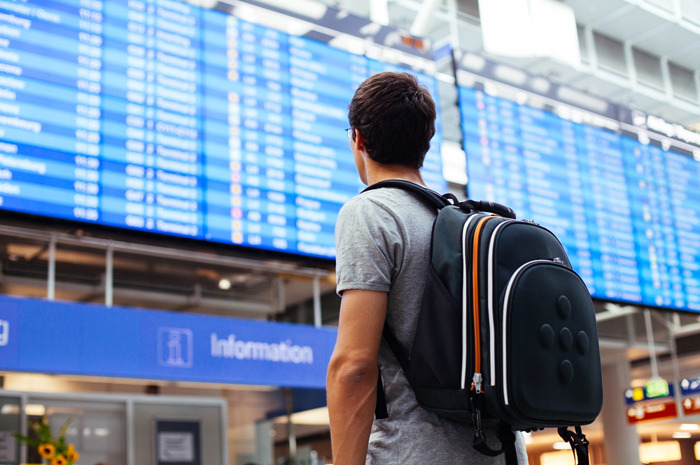The 15 Worst Things You Can Do When Flying With Your Pet
The 15 Worst Things You Can Do When Flying With Your Pet
Going on vacation with your best friend is always a thrilling experience, even if he or she is a furry, four-legged cutie who constantly wants to sit on your lap. However, getting to your destination can be quite the tricky adventure, especially if your preferred method of traveling is by plane.
Overfeed your pet
You should not give your dog or cat food for at least six hours prior to flying. If your pet gets nervous before traveling, an empty stomach will prevent him or her from throwing up (which could cause even more discomfort). For the trip, bring along a supply of your pet's regular food, but don't give it to him or her all at once.
Book a non-direct flight
Choose the shortest route possible. The less time your furry friend spends traveling — especially if he or she doesn't like it in general — the better. By flying direct, you will avoid the mistakes that occur during airline transfers and possible delays in getting your pet off the plane, the Humane Society says.
Travel during peak hours
Try to book a flight that departs during non-peak hours. This is your best chance of having fewer people on the plane, which may help Fido feel less stressed.
Fly your pet in the cargo hold
Pooches and cargo don't mix, PETA says. Transporting your companion animal in the cargo area is dangerous, terrifying, and potentially deadly. It's very cold there, and it can be very scary and stressful for your dog or cat. Bags can tumble unexpectedly if the plane makes a sharp move, injuring your pet.
Use an unfamiliar carrier
The first step is getting the right kind of carrier. They are available with both hard and soft sides. Proper size depends on how comfortable your pet is when inside. He or she should be able to freely turn and move around. It's important to give your companion at least a month to get used to its new environment.
Leave familiar toys behind
Put your pet's favorite toy in the carrier for extra comfort. If your four-legged best friend has a favorite sleeping bed, stuffed animal, or bone toy, do not leave the house without bringing it. This will be a friendly reminder of home and will make your pet feel more comfortable and less stressed.
Give your pet tranquilizers
The American Veterinary Medical Association does not recommend you give tranquilizers to your pet when traveling by air because it can increase the risk of heart and respiratory problems. Short-nosed dogs and cats sometimes have even more difficulty with travel. Airlines may require a signed statement that your pet has not been tranquilized prior to flying. During turbulence, a sedated animal may not be able to brace and prevent injury.
Fail to clip its nails
This may not be so obvious, but the last thing you want is your pet having a panic attack and hooking itself to a carrier's door, holes, or other cracks. And if your pet's claws leave marks all over the plane seat, it may cost you money to cover the damages.
Ignore the airline’s pet policies
Airlines have different policies when it comes to having an animal in the main cabin. Some may only allow cats or dogs to be transported in the cargo compartment; others may have a maximum number of pets permitted on the plane during a flight. Make sure you know the airline's rules so you don't find yourself in a bad situation just before boarding.
Forget to bring regular food
If your pet is not used to flying, the closer he or she feels to home the better. Bringing what Fido usually eats at home will help. The sense of familiarity in an unfamiliar situation will keep your four-legged best friend calmer. You'll also avoid the risk of your pet getting sick if he or she doesn't tolerate the new food for some reason.
Neglect taking your pet for a walk
Get that energy out of your dog before your journey, especially if he or she likes to be active. Otherwise, you risk Fido barking throughout the entire flight. Go on a very long walk before you have to leave for the airport, so that your pet will want to do nothing but sleep for a few hours.
Fail to bring a health certificate
When traveling with your pet, keep a health certificate and medical records close at hand. A record of your pet's rabies vaccination, which can't be more than 36 months old, is especially important, according to the Humane Society. All of this info may be required at different points throughout your travel.
Forget blankets
It can get cold inside the plane. Some planes even have a floor air conditioner. If you feel the cold, your dog or cat will feel it, too. Make sure they are comfortable and warm enough. The blankets will also provide a sense of familiarity, hopefully making Fido feel closer to home.
Arrive at the airport too late
Arrive to the airport early so you have time to exercise your pet, the American Veterinary Medical Association recommends. Also, going through security with your pet may take longer. You'll have to take him out of the carrier to go with you while the carrier goes in the conveyor belt to be X-rayed. A special secondary screening may be needed as well.
Forget to register your pet for the flight
Delta, for example, allows up to eight dogs in the main cabin, while United allows just four. Numbers and rules vary with each company. Call the airline to reserve a spot for your companion as soon as you book a flight so you don't risk having to leave him behind.
